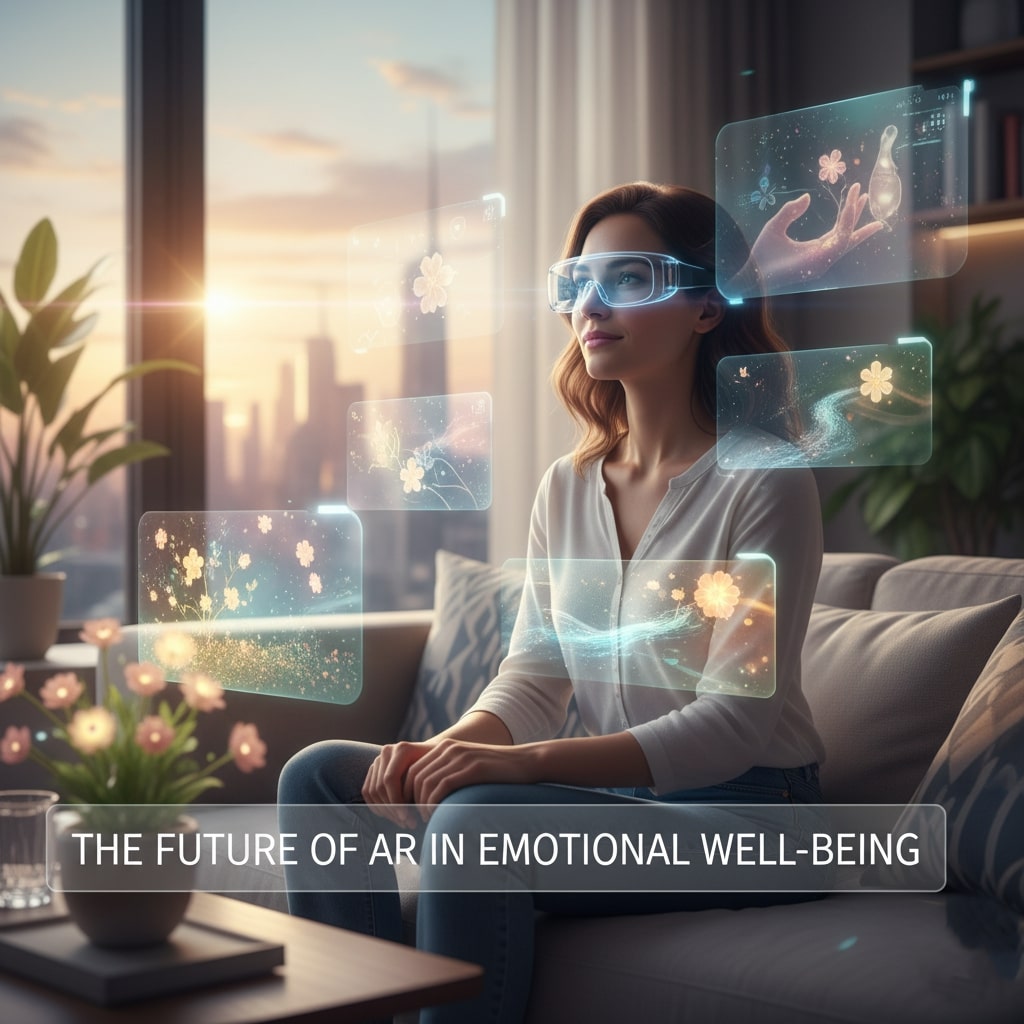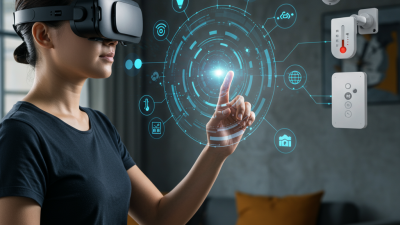Mental health disorders affect millions worldwide, yet access to effective therapies remains a challenge. Augmented reality (AR) offers a promising new frontier in emotional well-being by layering therapeutic virtual elements onto real-world environments. This blend of digital and physical experiences can enhance traditional counseling, provide immersive exposure treatments, and democratize access to mental health care. In this article, we explore the potential of AR-driven therapies, examine real-world applications, address ethical considerations, and look ahead to the future of emotional wellness powered by AR technology.
Understanding AR-based Therapies

Unlike virtual reality, which immerses users in entirely synthetic worlds, AR enhances the real environment with virtual content. In mental health treatment, AR can introduce calming landscapes, visual prompts for guided meditation, or interactive exposure scenarios without isolating the patient from their therapist or immediate surroundings. Clinicians can customize overlays to address specific phobias, anxieties, or mood disorders, making therapy both engaging and contextually relevant.
Benefits of AR in Mental Health Treatment
- Immersive Exposure Therapy: Gradual desensitization to fears in a controlled, safe overlay of real spaces.
- Enhanced Engagement: Interactive exercises and gamified tasks increase patient motivation and adherence.
- Personalization: Real-time adjustments to visual and auditory stimuli based on patient response.
- Accessibility: Mobile AR apps extend therapy beyond the clinic, supporting remote or at-home sessions.
- Data-Driven Insights: Integrated sensors and AI track physiological indicators like heart rate and gaze patterns to inform treatment progress.
Key Use Cases
AR offers versatile applications across various mental health challenges. For phobia treatment, patients can face realistic yet nonthreatening representations of height, spiders, or public speaking scenarios. In stress management, AR overlays guided breathing exercises and biofeedback visuals onto a patient’s view. Social anxiety can be addressed through simulated interactions in both public and private settings. Mindfulness and relaxation apps leverage AR to project soothing nature scenes that respond to user movement, deepening immersion and focus.
Real-world Applications and Case Studies
Several pioneering companies and research institutions are exploring AR therapy. Oxford VR has demonstrated the efficacy of AR for public speaking anxiety, showing significant symptom reduction in controlled trials. Other startups integrate AR with cognitive behavioral therapy (CBT) modules, delivering interactive homework assignments that patients complete in their daily environments. Hospitals and clinics have piloted AR stress-relief stations in waiting rooms, offering short guided sessions to calm patients before consultations.
Technological Foundations
Key components enabling AR mental health solutions include advanced computer vision for precise spatial mapping, real-time tracking of head and hand movements, and AI-driven content adaptation. Edge computing reduces latency for seamless overlays, while 5G connectivity supports high-definition visuals on mobile devices. Augmented audio cues and haptic feedback complement visual elements, creating multi-sensory experiences that reinforce therapeutic goals.
Challenges and Ethical Considerations
Despite promising results, AR therapy raises important questions. Privacy of biometric data must be safeguarded through secure encryption and strict access controls. Therapists need guidelines to avoid overreliance on technology and ensure human empathy remains central. Digital divide issues could exacerbate inequalities if high-end devices are required. Continuous monitoring for adverse psychological reactions is essential, and practitioners should receive specialized training on AR tools.
The Future of AR in Emotional Well-being

Looking ahead, AR mental health platforms may integrate more sophisticated AI that tailors scenarios based on emotion recognition and voice analysis. Wearable AR glasses could deliver hands-free therapy prompts throughout daily life, reinforcing coping strategies in real time. Brain-computer interfaces (BCIs) may eventually enable direct neural feedback loops, while virtual companions powered by conversational AI provide continuous support. As research expands and hardware becomes more affordable, AR could become a staple in both clinical and self-guided mental health care.
Conclusion
Augmented reality presents a transformative opportunity to enhance mental health therapies with immersive, personalized, and accessible experiences. By integrating virtual elements into the physical world, AR bridges the gap between technology and human connection, offering new paths to emotional well-being. As ethical standards evolve and technological barriers fall, clinicians and innovators must collaborate to harness AR responsibly, ensuring that these tools amplify empathy, efficacy, and patient empowerment in the journey toward better mental health.





